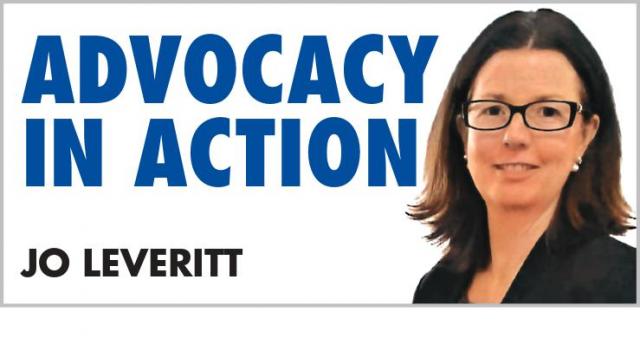The power of advocacy often manifests in actions louder than words.
One such effective form of advocacy is the boycott—a silent expression of dissent and demand for change.
Woolworths, one of Australia’s leading supermarket chains, was at the centre of a national conversation when it decided to scale back its Australia Day merchandise.
This decision led to a widespread public reaction, culminating in a significant boycott.
So, what is a boycott? It is a refusal to buy, use, or participate in something as a form of protest.
Unlike vocal or confrontational forms of advocacy, a boycott is a silent yet impactful form of resistance.
It leverages the economic principle that consumer demand drives market supply.
It signals to businesses and institutions that their practices are being scrutinised and held to account by the very individuals they serve.
How did it happen?
It started on 7 January when Perth’s Lord Mayor Basil Zempilas criticised Prime Minister Anthony Albanese’s stance on Australia Day.
This was against a background of several Western Australian councils choosing not to hold citizenship ceremonies on January 26.
This prompted a broader national conversation about the date’s significance.
On 10 January, Woolworths Group confirmed that it would not sell Australia Day-themed merchandise in its Woolworths and Big W stores. The company cited a “gradual decline in demand” and the ongoing “broader discussion about 26 January” as reasons for their decision.
This was met with significant media and political backlash, with The Daily Telegraph’s front page “Woolies Goes Woke” headline on 11 January epitomising the sentiment.
The same day, Leader of the Opposition Peter Dutton joined the debate calling for Australians to “boycott Woolworths”, accusing the company of “peddling woke agendas” and “trying to cancel Australia Day”.
Several other prominent politicians joined the call.
What was the impact?
The boycott’s effect had tangible consequences that extended beyond the immediate economic implications for the company.
It included the vandalism of a Woolworths Metro store in Brisbane on 15 January and the broader public discourse questioning the company’s commitment to Australian values.
The controversy was further amplified by social media, with heated debates about corporate responsibility, national identity, and the significance of Australia Day, particularly potent in a digital age where information spreads rapidly and communities can organise and mobilise with unprecedented speed and scale.
On 25 January, the CEO of Woolworths, Brad Banducci, was compelled to publicly explain the company’s stance, revealing that he had personally received over 3,000 emails regarding the decision.
In an attempt to backtrack on the decision, he released a full-page statement and appeared on several media channels, admitting “We could clearly have done a better job”.
The Woolworths case illustrates how silent advocacy, through actions like boycotting, can catalyse broader societal reflections and discussions. It demonstrates that advocacy does not always need to be loud or confrontational to be effective.
Sometimes, the absence of action, the choice not to participate or consume, speaks volumes.
For advocates, the case reaffirms the power of collective action and the efficacy of non-traditional forms of protest like boycotting.
This form of advocacy empowers individuals, reminding them of their agency and the impact of their economic and social choices.
In a world increasingly driven by consumer choice, the silent protest of a boycott is a powerful tool for advocacy, capable of reaching far beyond the supermarket aisle.






